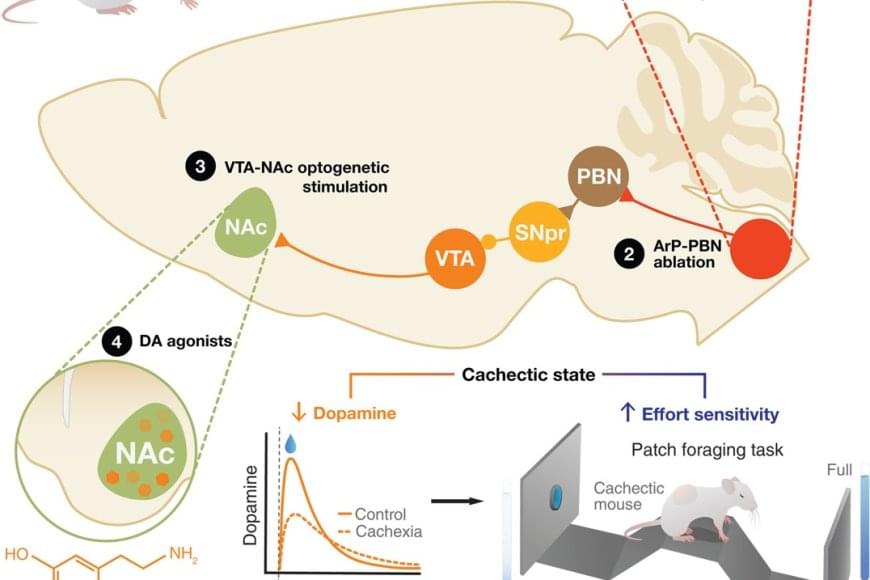Measles, a highly contagious viral infection, continues to pose a significant public health threat worldwide. Despite the availability of effective vaccines, outbreaks persist, particularly in regions with low immunization rates. In 2023, the World Health Organization observed up to a 30-fold increase in measles cases in Europe. There are currently no treatment options for measles. Instead, patients must allow the virus to take its course and let the immune system naturally clear the infection.
Erica Ollmann Saphire, a structural biologist, and her research team at the La Jolla Institute for Immunology uncovered the structure of the measles glycoprotein and engineered a neutralizing antibody against it. This therapy could be implemented to manage measles outbreaks worldwide.
Researchers uncovered the structure of the measles fusion glycoprotein and identified a neutralizing antibody capable of decreasing its virulence.








